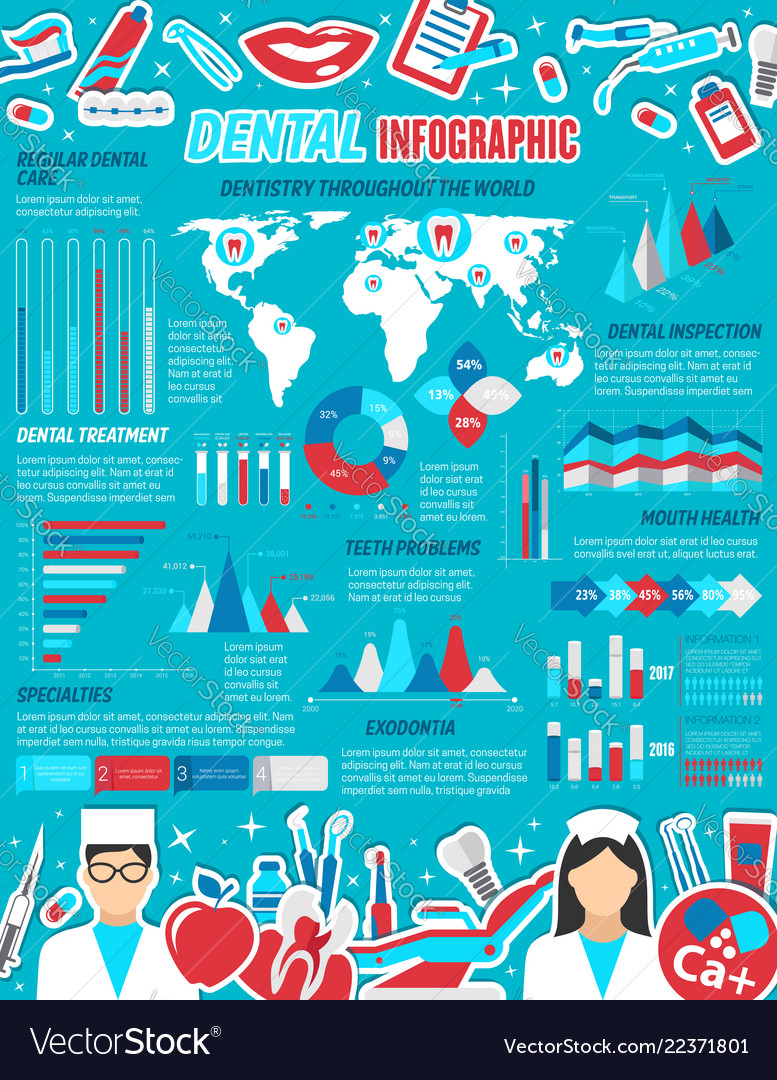The Following Era Of Dental Surgery: Development Innovations And Dopes Reshaping The Specialized
The Following Era Of Dental Surgery: Development Innovations And Dopes Reshaping The Specialized
Blog Article
Uploaded By-Demir Maloney
Welcome to the globe of oral surgery, where innovations and developments are shaping the future of the field! In this exciting world, you'll witness the transformative power of robotics, the cutting-edge wonder of 3D printing, and the game-changing impact of minimally intrusive strategies.
The future of dental surgery holds a guarantee of accuracy, efficiency, and boosted individual end results. With the help of innovative robotics, specialists have the ability to do complex procedures with higher precision and control.
3D printing technology is transforming the production of dental implants and prosthetics, using tailored solutions that fit flawlessly right into each person's one-of-a-kind composition.
In addition, minimally intrusive strategies are reducing post-operative discomfort and healing time, permitting clients to return to their daily lives sooner.
Prepare yourself to check out the amazing advancements and advances that are reshaping the landscape of dental surgery!
Advancements in Robotics
One significant advancement in oral surgery is making use of robotic technology, which permits accurate and efficient operations. With the help of robotic systems, dental specialists have the ability to do complex surgeries with improved accuracy, minimizing the risk of human mistake.
These robot systems are outfitted with sophisticated imaging technology and exact instruments that make it possible for doctors to browse with intricate anatomical structures with ease. By using robot technology, doctors can achieve better surgical accuracy, causing enhanced patient outcomes and faster recuperation times.
Additionally, the use of robotics in oral surgery permits minimally invasive treatments, reducing the trauma to surrounding cells and promoting faster healing.
3D Printing in Dental Surgery
To boost the area of oral surgery, you can explore the subtopic of 3D printing in dental surgery. This cutting-edge technology has the prospective to revolutionize the means oral specialists run and deal with clients. Right here are 4 key ways in which 3D printing is forming the area:
- ** Personalized Surgical Guides **: 3D printing enables the creation of highly precise and patient-specific surgical guides, enhancing the accuracy and efficiency of procedures.
- ** Implant Prosthetics **: With 3D printing, dental cosmetic surgeons can create customized implant prosthetics that perfectly fit a patient's unique makeup, leading to better outcomes and patient satisfaction.
- ** Bone Grafting **: 3D printing makes it possible for the manufacturing of patient-specific bone grafts, reducing the requirement for standard grafting methods and enhancing healing and healing time.
- ** Education and learning and Educating **: 3D printing can be used to develop realistic medical designs for instructional functions, allowing oral specialists to practice intricate treatments prior to executing them on people.
With https://www.dailymail.co.uk/femail/article-11932841/dr-dent-led-teeth-whitening-kit-amazon.html to boost accuracy, customization, and training, 3D printing is an interesting development in the field of oral surgery.
Minimally Intrusive Strategies
To even more progress the area of dental surgery, welcome the capacity of minimally invasive strategies that can significantly profit both cosmetic surgeons and clients alike.
Minimally invasive methods are reinventing the field by decreasing medical trauma, minimizing post-operative discomfort, and accelerating the recovery procedure. These strategies involve making use of smaller sized cuts and specialized instruments to execute procedures with precision and efficiency.
By utilizing advanced imaging technology, such as cone beam of light computed tomography (CBCT), cosmetic surgeons can properly plan and execute surgical procedures with minimal invasiveness.
Additionally, making use of lasers in dental surgery enables accurate cells cutting and coagulation, causing lessened blood loss and reduced recovery time.
With minimally intrusive methods, clients can experience much faster recuperation, decreased scarring, and boosted end results, making it a crucial element of the future of dental surgery.
Verdict
So, as you can see, the future of dental surgery is unbelievably encouraging, with interesting advancements and advances forming the area.
From the improvements in robotics to making use of 3D printing and minimally intrusive methods, dental cosmetic surgeons are transforming the means they give treatment.
While dentist in austin may stress over the prospective expense connected with these developments, it is essential to remember that these innovations eventually enhance patient outcomes and reduce recuperation time, making them well worth the financial investment in the future.
